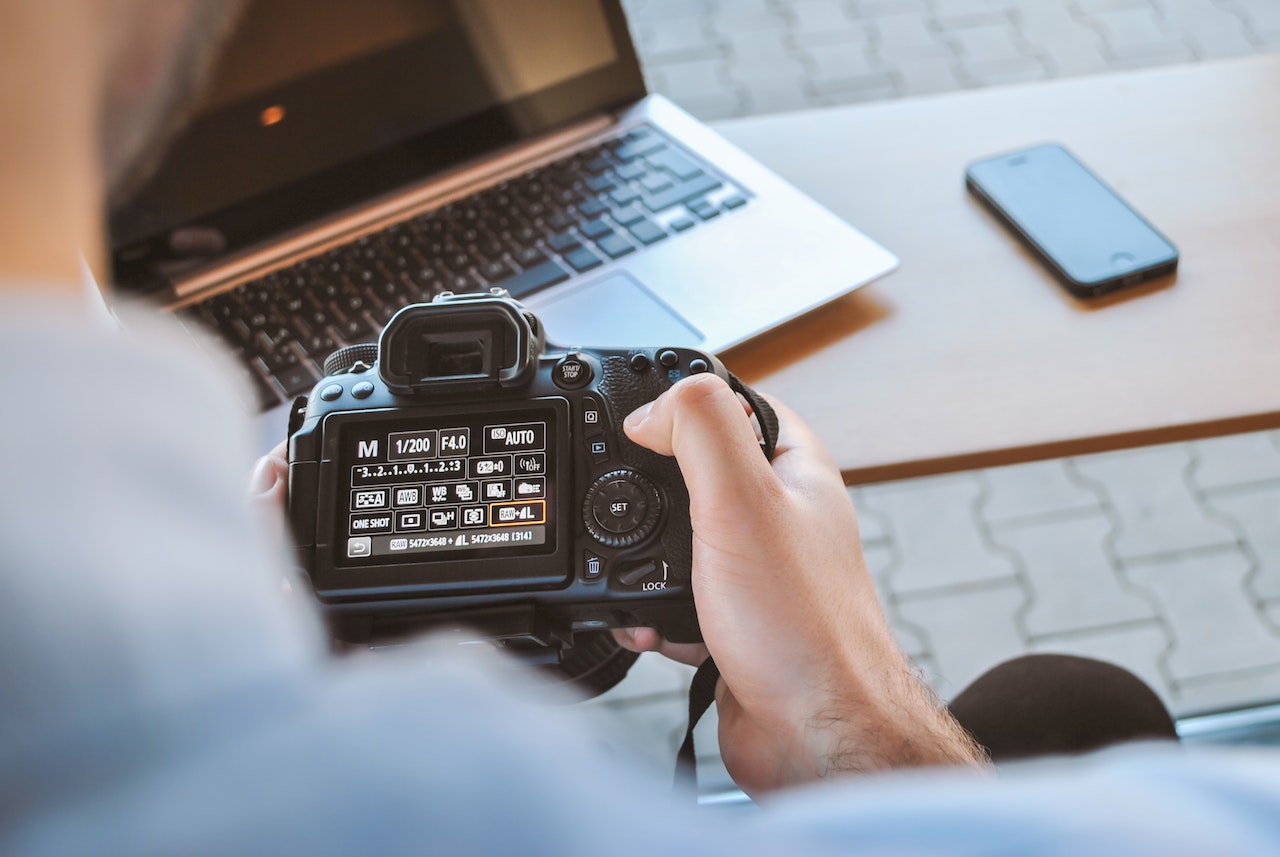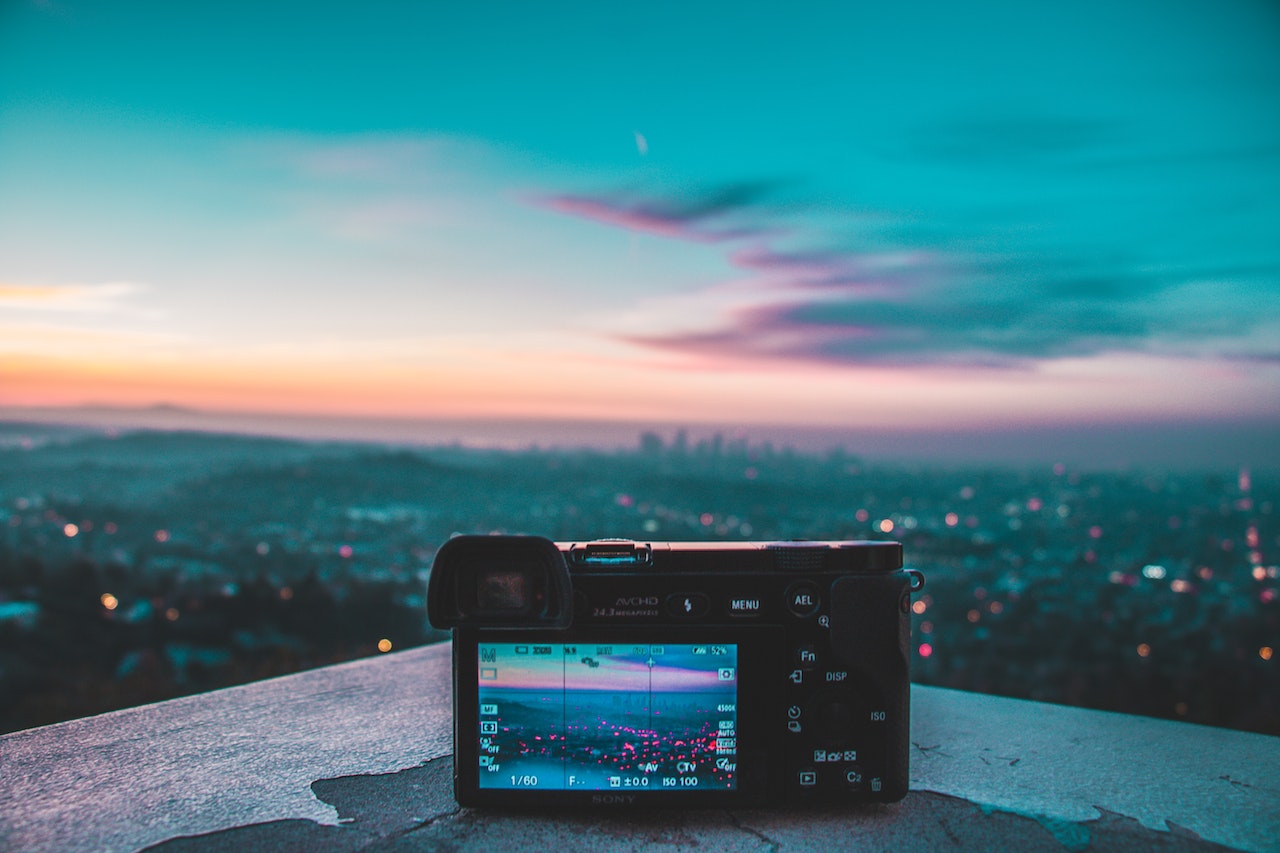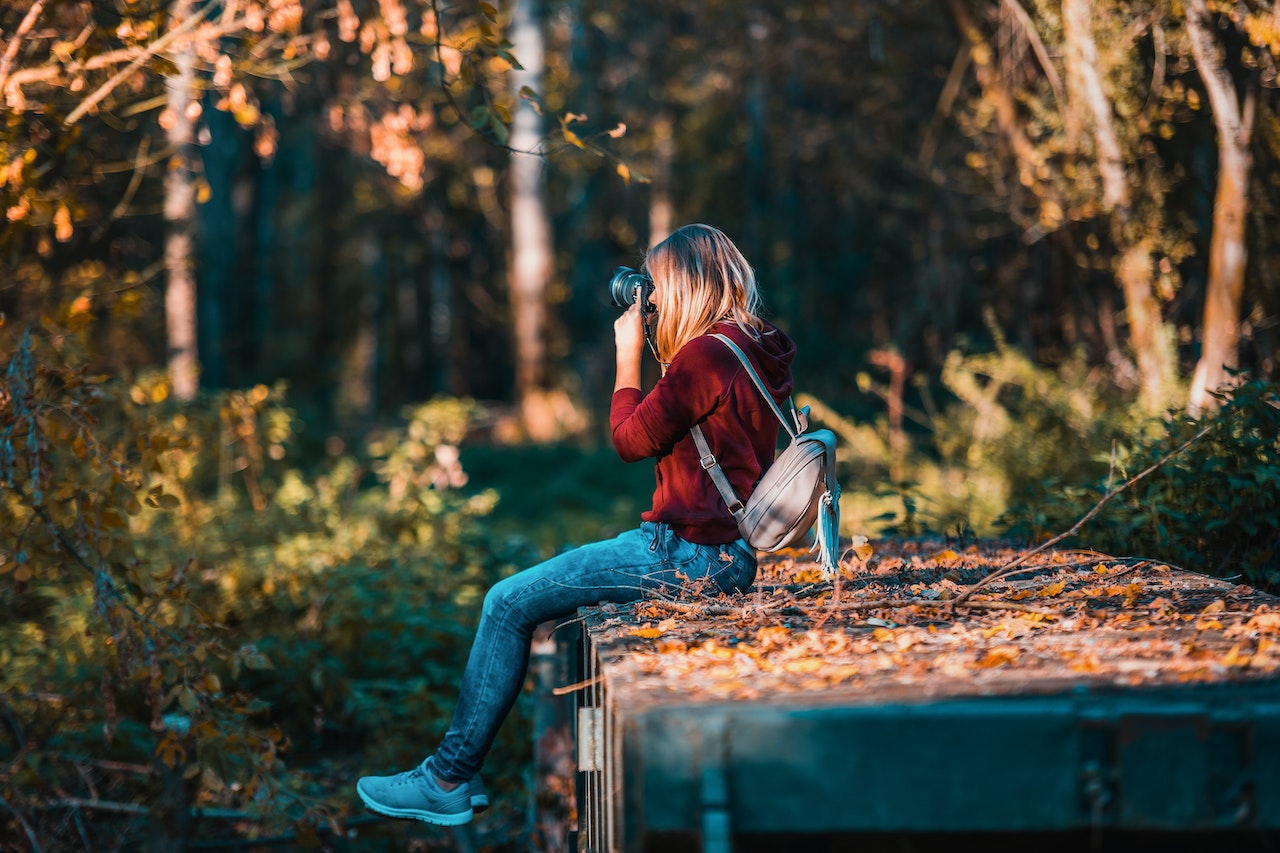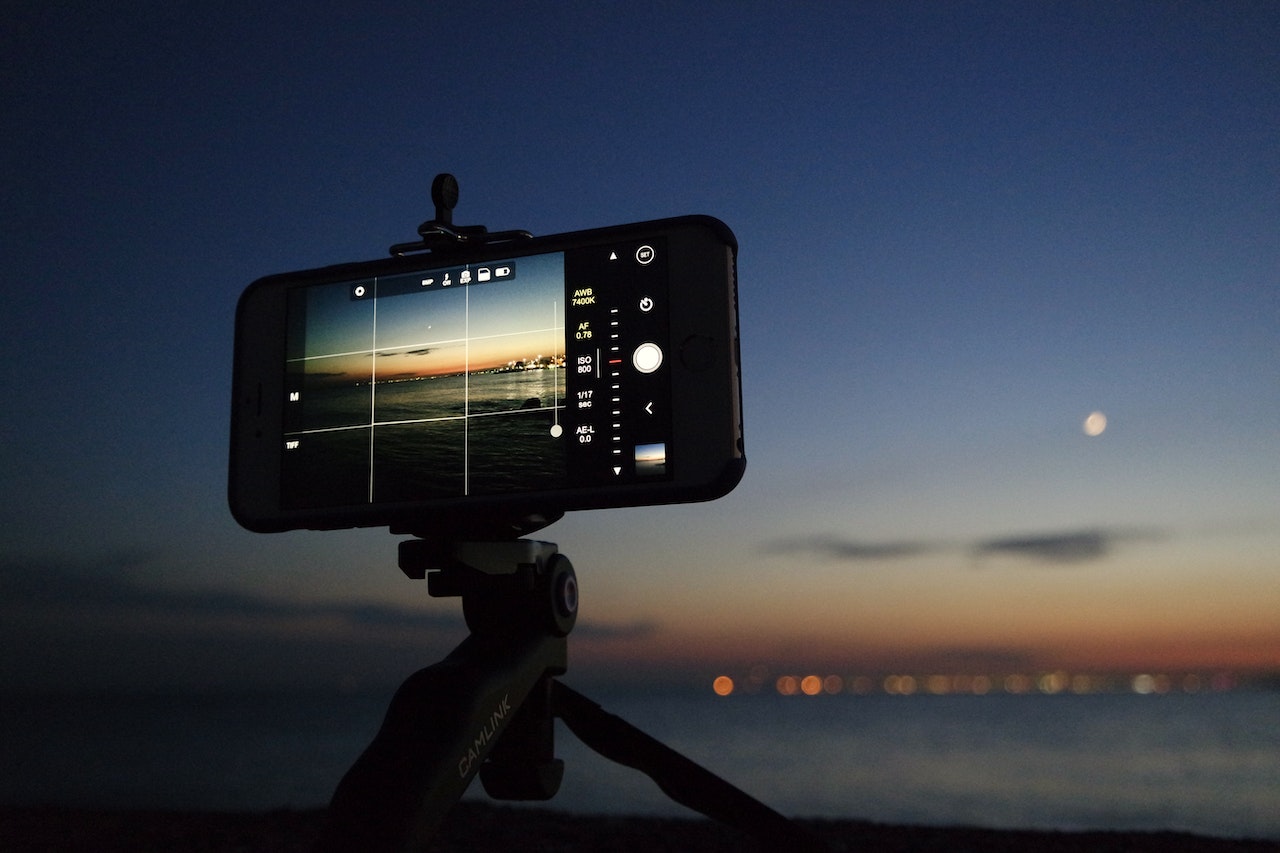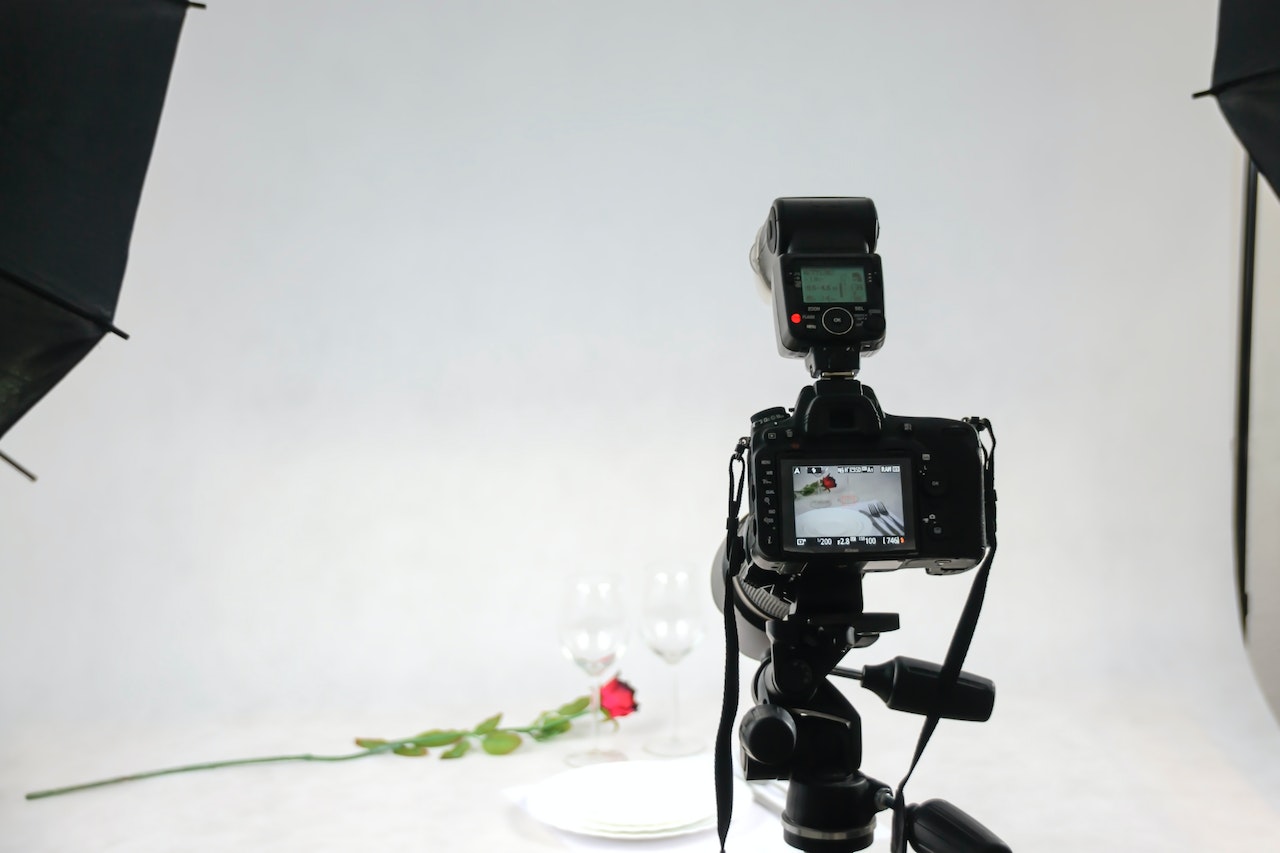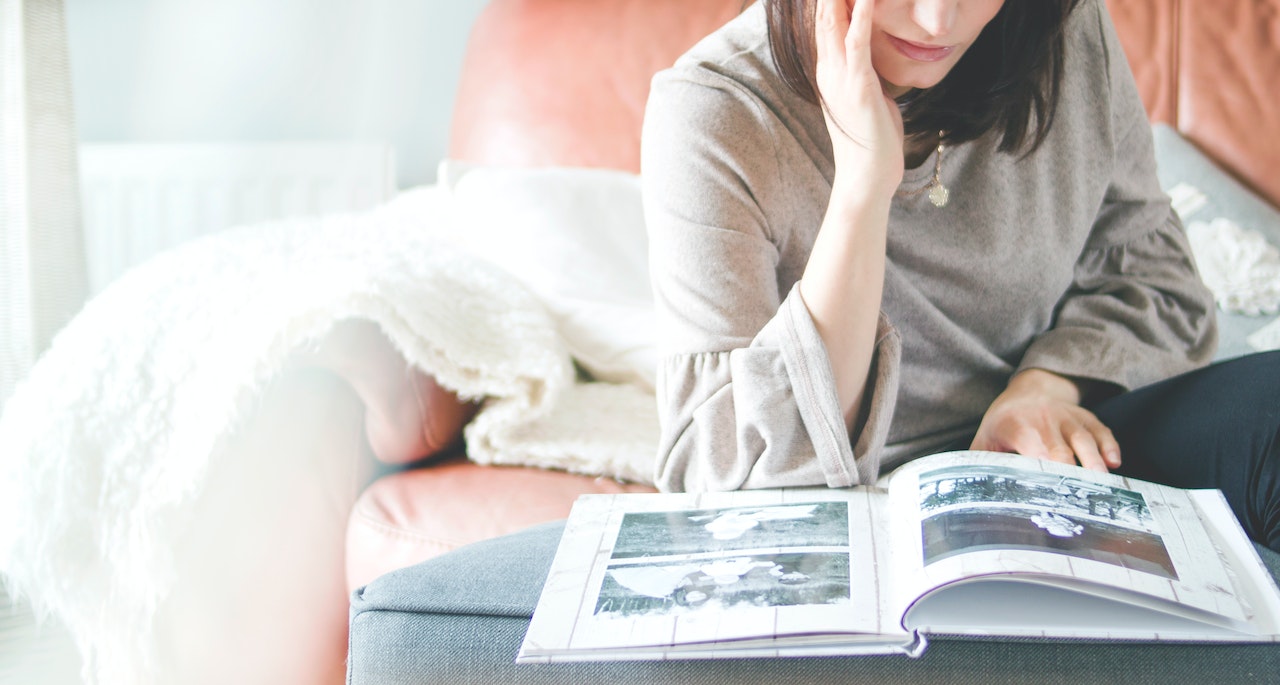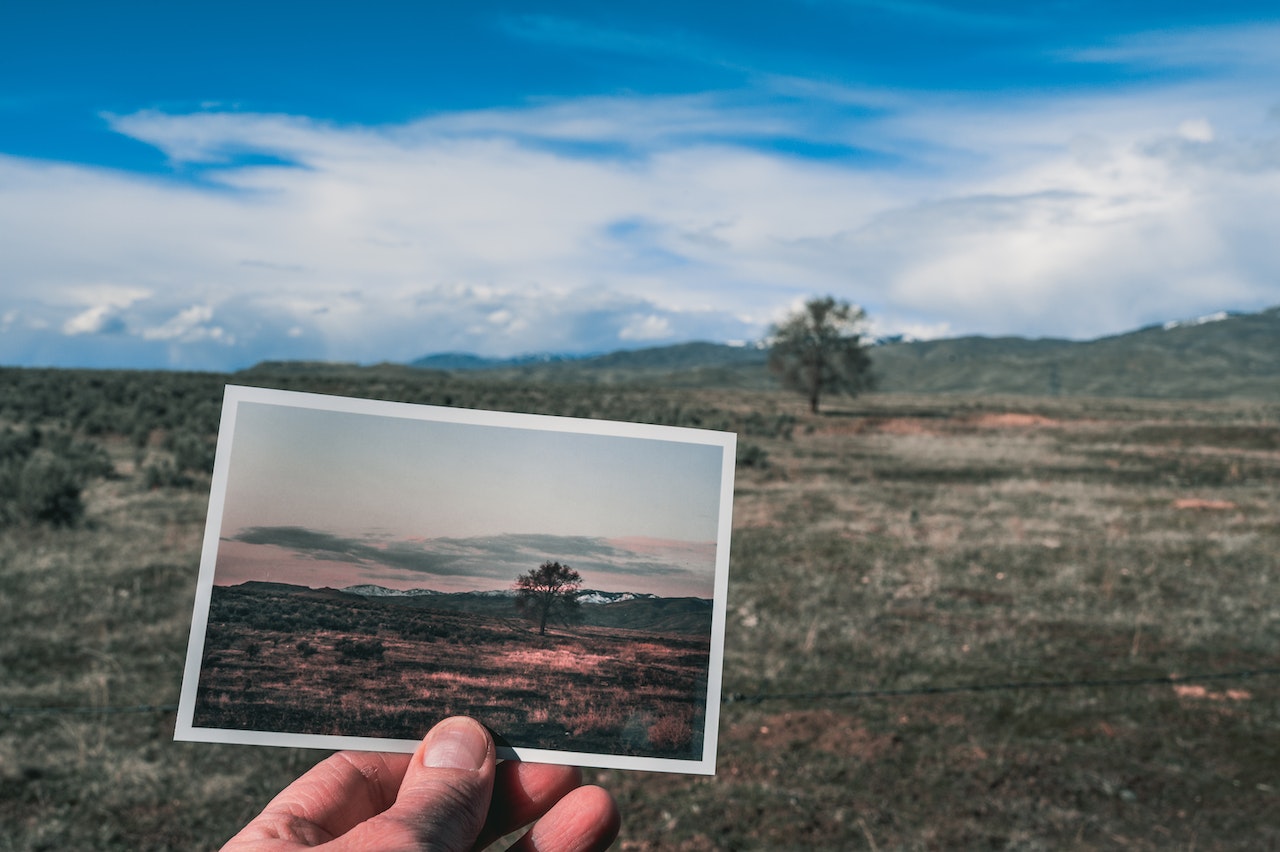Using the Right Equipment
People who spot professional photographers on the street may notice that they are carrying around bags of equipment. They might ask themselves what these bags contain. While some amateurs assume that all they need is a DSLR camera, this is not the case. There are plenty of other pieces of gear that are utilised in order to produce a great looking image.
The information site Wikipedia contains numerous pages about photographic equipment. This includes not just cameras but also tripods, lights and screens. Once an up and coming photographer understands the items they need, it allows them to start their journey to become a professional.
Tripod
This is arguably the most essential piece of gear in a photographer’s arsenal. Anyone shooting in portrait or landscape mode requires this accessory if they want to guarantee a stable looking image. The camera rests on a tripod so that the photographer does not have to hold it themselves. These items are handy for people interested in long exposure photography. It is best to go for a premium-priced tripod that will last a long time.
Battery Charger
Most modern cameras run on battery power. The problem is that they will eventually run out. It can be very frustrating to have a camera die in the middle of the shoot. This scenario can be avoided by keeping a charger on hand. If the shoot is taking place somewhere away from a plug outlet, then it is also wise to bring along a portable power pack.
Camera Cleaning Kit
Sometimes the camera will be exposed to the elements. This is especially likely when shooting outdoors. When moisture, dirt or dust gets into a camera, it can cause severe damage. Repairs may be expensive, and in some unfortunate cases, cameras become unusable. For this reason, professionals carry a cleaning kit. It helps them to maintain their equipment and prevent cameras from being the victims of neglect.
Remote Shutter Release
Sometimes when the camera button is pressed too hard, it can cause the body to shake. This may lead to the picture looking blurry. Luckily remote shutter releases are the perfect solution. They can either be wired or wireless. Photographers use them to take a shot without having to physically touch the camera itself. It is best to utilise them in conjunction with a tripod for the best results.
Light and Screen Kit
If the photographers want lots of environmental control, then they will need to have their own bespoke light and screen kit. These items let them tweak the shade, temperature and position of the light. They are used almost exclusively for interior shooting. These kits are not as effective outside due to natural lighting issues.

